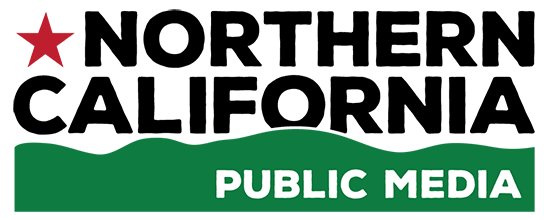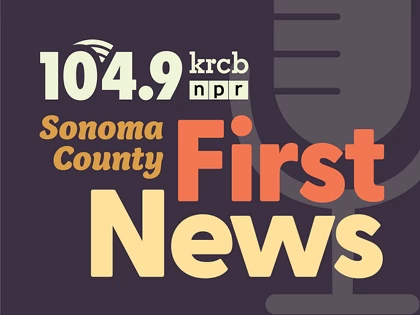 photo credit: photo credit text goes here
photo credit: photo credit text goes hereImage description text goes here
In Northern California, before European settlement it's been said that clouds of birds would block out the sun and one could cross a river by walking across the backs of fish.
According to historic accounts, the Laguna de Santa Rosa was once such a place. That's the 22-mile-long network of wetlands that drains the Santa Rosa plain. After a century of degradation, restoration is underway.
Once a thriving wetland, history hasn't been kind to the Laguna de Santa Rosa.
Historic dumping of untreated sewage, industrial and agricultural waste and cities growing up around it have all taken a toll.
State health officials still recommend limitations on eating certain fish caught there, due to mercury and PCB contamination.
But things are turning around.
Speaking at a recent gathering organized by the Laguna de Santa Rosa Foundation, Neil Lassettre with Sonoma Water, laid out the objectives.
"It is about restoring habitat, it is also reconnecting parts of the current Laguna de Santa Rosa stream channel, with it's flood plain, through the creation of freshwater marsh, wet meadow, it's a flood plain reconnection," Lassettre said.
The presentation, made by experts with the San Francisco Estuary Institute, Laguna de Santa Rosa Foundation and Sonoma Water laid out a future more like the past.
With more plants, more toxins would be absorbed and silt settled out. Less sediment would reach the Russian River, while more water would re-charge the aquifer beneath the Laguna.
"It does have to do with flooding, the Laguna naturally is a flood reservoir, but then also restoring the vegetation, the wetland vegetation that would assimilate some of the nutrients that may come in storm runoff. It's about flood control but it's also about water quality and quality of habitat," Lassettre said.
There are limits though. Nearly the entire area is privately owned, so landowners must agree. County Ag+Open Space has been arranging easements. A sort-of checker-board of restored areas is planned along the lazy waterway from Rohnert Park to Forestville.
"There'd be free migration, free movement, a corridor basically, from one restored habitat to the next. The six areas that we identified represent a pretty big chunk of the 100-year flood plain of the Laguna today," Lassettre said.
As to when you can see these wetlands up close, you may want to hold off on buying waders.
"That's not part of the plan. There may be public access, the Laguna is largely privately owned, so if we're relying on private landowners, it's really up to their discretion," Lassettre said.

 Live Radio
Live Radio




